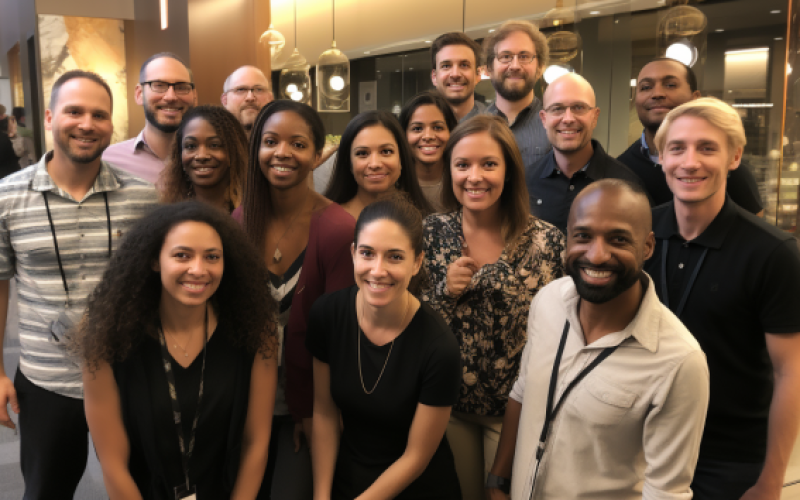There is a common misconception in the Agile ways of working that it requires less planning or is lacking planning, especially long-term. This is derived from the Agile manifesto “Responding to change over following a plan” but is often misunderstood in the way that work planning is very limited for Agile Teams.
Here are 10 key lessons from book “Agile Estimating and Planning” by M. Cohn. While we highly recommend to read the book, you can browse through the below list in the meantime.
- Relative Estimation:
- Relative estimation, such as planning poker, focuses on comparing the size of one work item to another rather than assigning absolute values.
- This approach encourages collaboration among team members and allows for quicker and more accurate estimates.
- By using story points or other relative measures, teams can estimate the effort required for user stories or tasks more effectively.
- Iterative Planning:
- Agile planning is iterative, with plans evolving as the project progresses and more information becomes available.
- Instead of attempting to create a detailed plan upfront, Agile teams prioritize flexibility and adaptability, adjusting plans based on feedback and changing requirements.
- Iterative planning allows teams to deliver value incrementally and respond to customer needs more effectively.
- User Story Mapping:
- User story mapping is a technique for visualizing and organizing user stories based on user goals and activities.
- It helps teams gain a holistic view of the product and identify dependencies, allowing for better prioritization and planning.
- User story mapping facilitates communication between team members and stakeholders, leading to a shared understanding of project scope and objectives.
- Velocity Tracking:
- Velocity, measured as the amount of work completed by the team in each iteration, is a key metric in Agile planning.
- By tracking velocity over time, teams can forecast future progress and make informed decisions about scope and release planning.
- Velocity provides insight into the team’s capacity and helps identify trends or potential bottlenecks early in the project lifecycle.
- Sprint Planning Meetings:
- Sprint planning meetings are essential for setting the direction of each iteration and defining the work to be done.
- During sprint planning, teams select user stories from the product backlog, estimate their effort, and commit to completing them within the sprint.
- Effective sprint planning requires collaboration between the product owner, Scrum master, and development team to ensure a shared understanding of priorities and goals.
- Definition of Done:
- The definition of done (DoD) establishes the criteria that must be met for a user story or feature to be considered complete.
- Clearly defining the DoD helps maintain quality standards and ensures that work meets the team’s expectations.
- The DoD should be agreed upon by the entire team and may evolve over time to reflect changing requirements or best practices.
- Release Planning:
- Release planning involves identifying the features or user stories to be included in each release and estimating the timeframes for delivery.
- Agile release planning focuses on delivering the highest-priority features first and adapting plans based on feedback and market conditions.
- Release planning allows teams to set realistic expectations with stakeholders and align development efforts with business goals.
- Risk Management:
- Agile planning incorporates risk management practices to identify, assess, and mitigate potential threats to project success.
- Teams proactively address risks by breaking down work into small, manageable increments, prioritizing high-risk items early in the project, and regularly reviewing and updating risk registers.
- By integrating risk management into the planning process, Agile teams can reduce uncertainty and increase the likelihood of project success.
- Retrospectives and Continuous Improvement:
- Retrospectives are regular meetings where teams reflect on their process, identify areas for improvement, and take action to address issues.
- Continuous improvement is a core principle of Agile planning, with teams striving to enhance their practices and deliver greater value with each iteration.
- Retrospectives encourage open communication and foster a culture of learning and experimentation within the team.
- Adaptable Planning Techniques:
- Agile planning techniques are flexible and adaptable, allowing teams to tailor their approach to suit the needs of the project and the preferences of the team.
- While there are established frameworks and practices, such as Scrum or Kanban, teams can customize their planning processes to fit their unique context and constraints.
- By experimenting with different techniques and continuously refining their approach, Agile teams can optimize their planning efforts and improve project outcomes.




